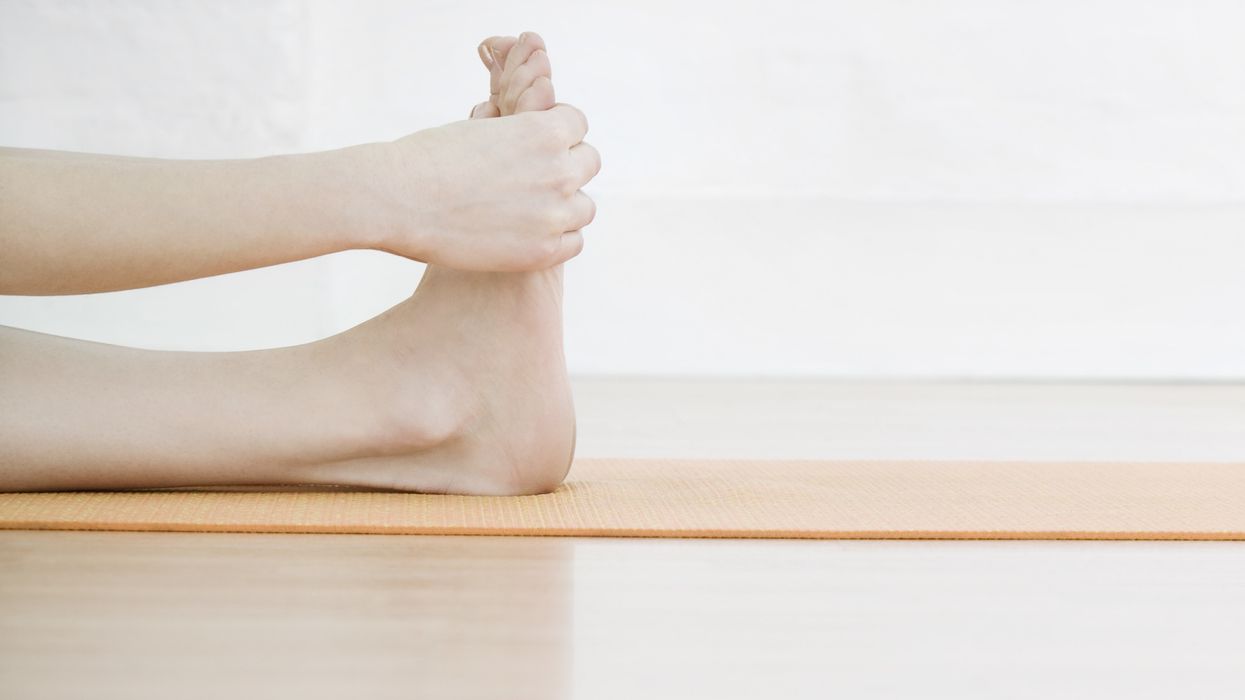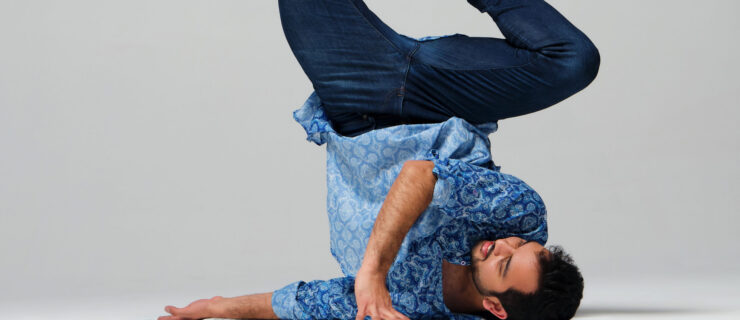7 Habits Your Podiatrist Wishes You Would Quit
When caring for your feet or trying to make them look good, it’s tempting to seek shortcuts. Bad ideas—like dangerous stretches that promise perfect lines or ointments that were never meant to go on your toes—catch on all too easily backstage.
We asked podiatrists who’ve seen their dance clients try it all share the habits they’d like to see gone for good.
Using Anesthetics
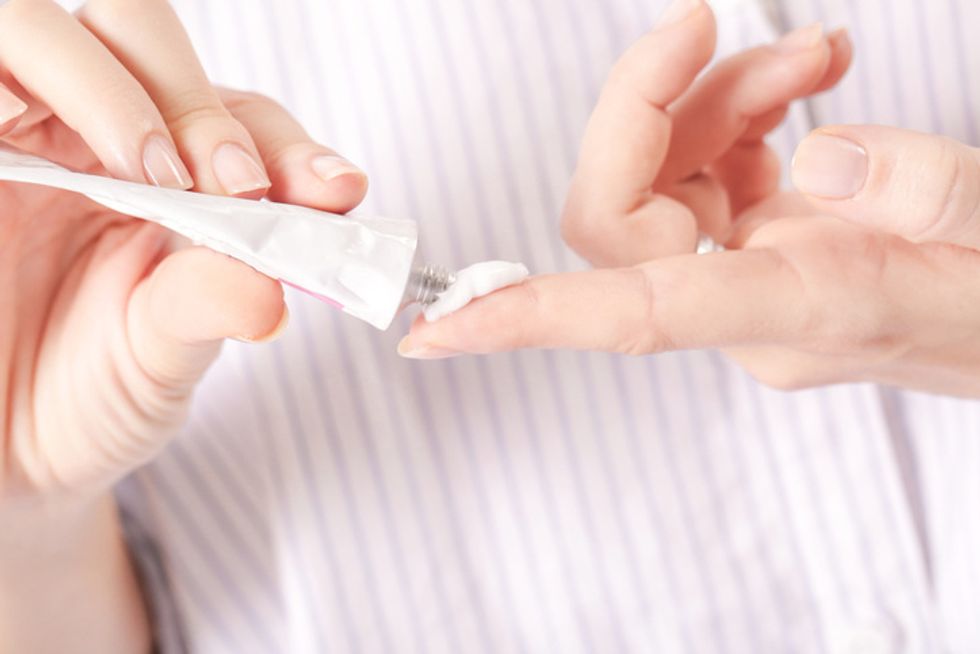
Numbing ointments can mask infections. Photo by Thinkstock
Numbing agents like lidocaine or benzocaine—the active ingredient in Orajel—should never be applied to corns or blisters. These products can lead to serious skin infections. Thomas Novella, a podiatrist in New York City, says he has sent dancers to the hospital to be treated for blood infections from infected corns masked by lidocaine. If corns become painful, see a podiatrist.
Defaulting to the Same Shoe
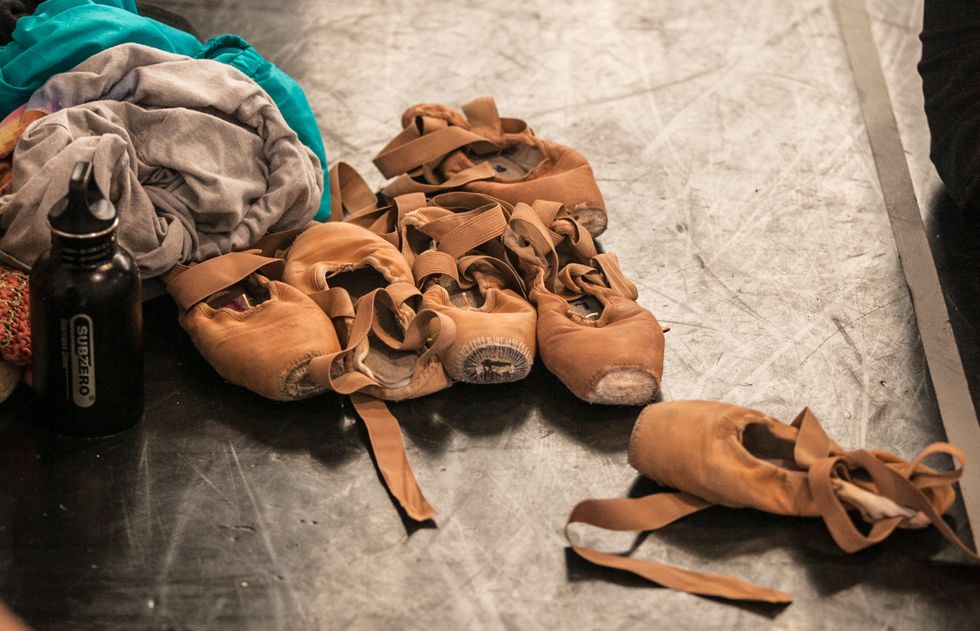
Getting re-fit for pointe shoes could help you find a better option. Photo by Quinn Wharton.
Ordering online may save time and money when replacing pointe shoes, but don’t assume that if you’ve been fitted once you’re set for life. Dancers, especially students, should get professionally refitted for pointe shoes once a year, says Frank Sinkoe, an Atlanta podiatrist who specializes in dance medicine. In particular, see a fitter if you’re experiencing foot pain. Your feet may have changed.
Getting Foot Peels and Pedicures
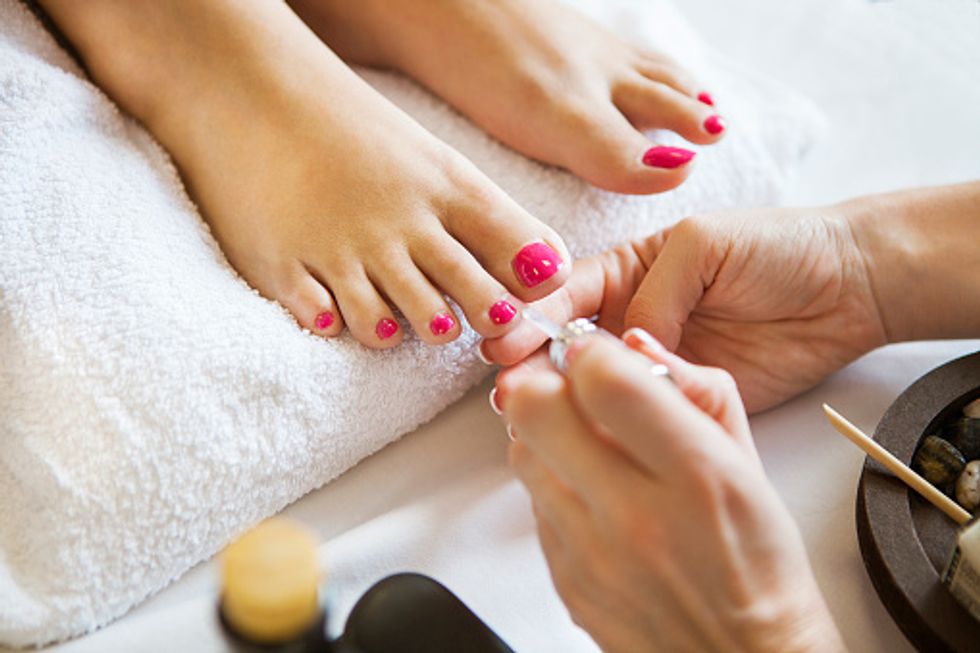
Taking care of your own toenails is safer than going to the salon. Photo by Thinkstock.
Thick or painful calluses can be removed by a podiatrist, but otherwise leave them alone. Novella suggests skipping the salon altogether: The pedicurist may cut the sides of your nails too far back into the grooves of the nail bed or push back your cuticles, both of which can expose protected parts of the toes to infection or lead to ingrown toenails. If you do go, ask the pedicurist not to be aggressive with pushing back the cuticles or separating the skin from the nail, says Sinkoe.
Overstretching
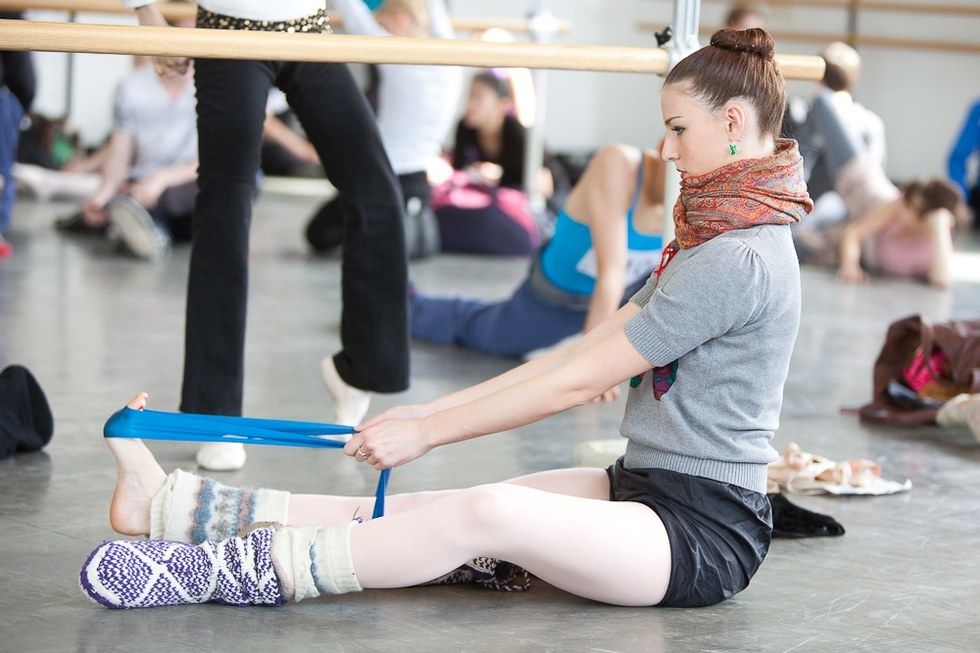
Strengthening will do more for your feet than stretching. Photo by Matthew Murphy for Pointe.
Sticking feet under the piano or couch is a quick route to injury, not more beautiful arches. The gliding joints of the mid-foot, Sinkoe explains, cannot be forced to bend like the hinge joints of the toes, and bending a foot like that can damage ligaments or cause tiny bone pieces to break off. “It’s muscles within the foot that, if contracted properly, will arch the foot,” Sinkoe says. Keep up the Thera-Band exercises, doming and towel scrunching with straight toes to make those muscles stronger.
Assuming It’s Infected
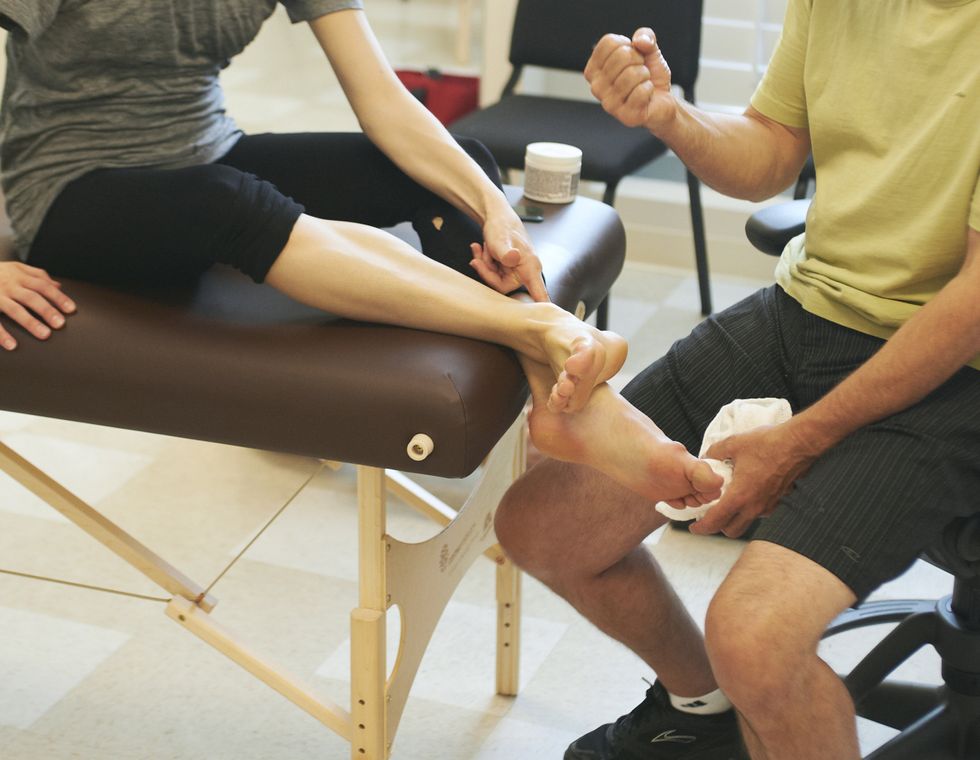
Treating for infection could make allergic reactions worse. Photo by Jim Lafferty
An infected area will be red, swollen, painful and warm, says Novella. If one of those four criteria is not met, it could be something else, like an allergic reaction. See a podiatrist to be sure. Some people are allergic to Neosporin, for example, and if you keep applying the antibiotic ointment to what you think is an infection, you’ll only be making it worse.
Sacrificing Safety for Looks
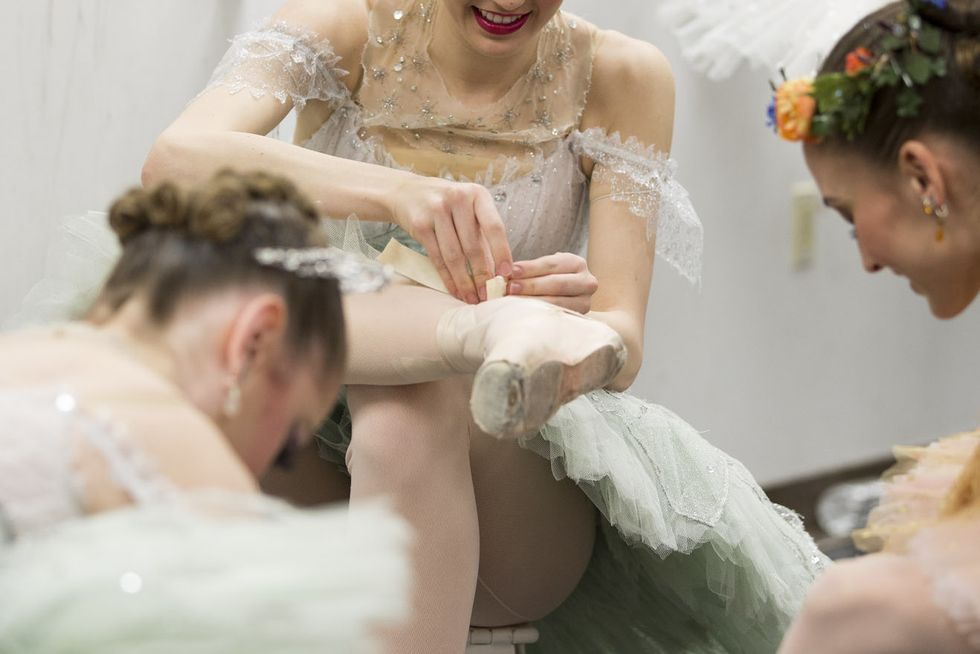
Smart sewing provides better ankle support. Photo by Erik Ostling for Pointe
Sewing your pointe shoe ribbons closer to your arch may exaggerate the shape of your foot. But that tailoring undermines the ribbons’ ankle support, says Novella. Similarly, three-quarter–shanking pointe shoes by cutting away the heel increases strain on the mid-foot, potentially causing pain and making you more vulnerable to injury.
Massacring Your Blisters

If you need to drain a blister, leave on the layer of skin that protects it, and cover with a bandage before class. Photo by Jim Lafferty
Sometimes a blister just has to go. If it’s clear—a red blood blister should be left alone or seen by a podiatrist—you can puncture it with a sterilized needle and gently drain the fluid. But don’t remove the roof, the layer of skin covering the blister. Leave that natural protective barrier on, let the drained blister air out, then dress with antibiotic ointment and bandage for class as necessary.
